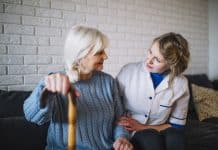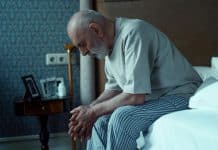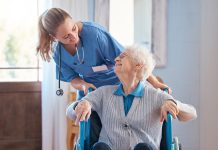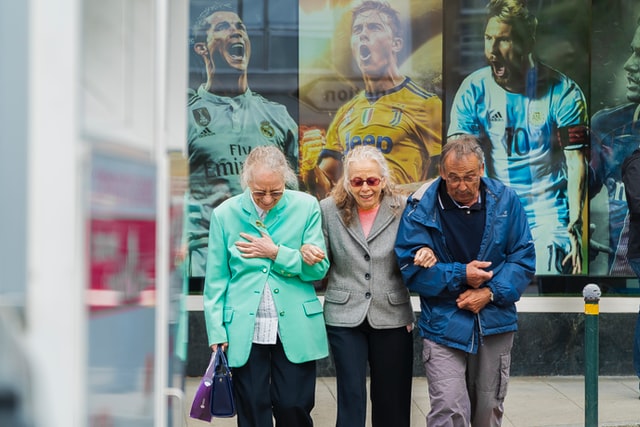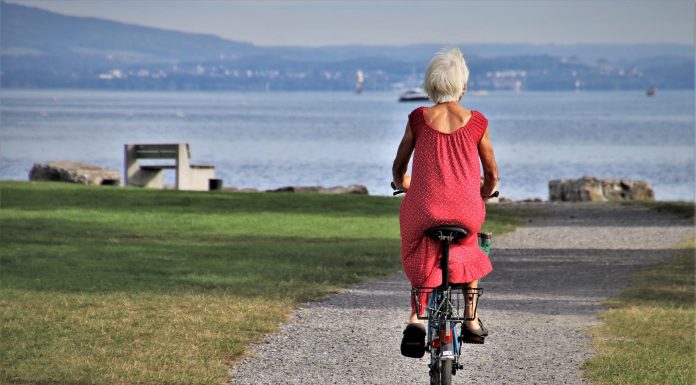Fully one-third of seniors living at home, and 60 percent of those living in nursing homes, fall each year. The mortality rate among those who fall increases with age, and it accounts for 70 percent of the accidental deaths among those aged 75 and older. More than 90 percent of hip fractures occur as a result of falls with most of these happening to people over 70. Many factors go into why people fall including age, medication use, cognitive impairment and sensory issues.
In addition to the high number of falls, seniors who are hospitalized for a fall typically stay twice as long as those elderly patients hospitalized for other reasons. Falls can also indicate acute health issues such as pneumonia or be a result of a chronic ailment. However, the incidence of falls is not as inevitable as many doctors and patients have come to accept. There are steps that can be taken to decrease the risk, on all sides, and fall-prevention programs have been shown to positively impact the number and severity of falls.
Part of the increase in the number of falls has been attributed to seniors living longer and being more active. Healthcare providers encourage seniors not to be sedentary out of fear of falling, but the trick is to choose things that are appropriate and incorporate them into a routine two to three times a week to keep up muscle strength, bone mass, coordination and, perhaps most importantly, balance.
Exercise Helps
Seniors can improve their balance by taking up tai chi and other meditative and strengthening activities. Tai chi, an ancient martial art, is typified by slow, deliberate movements that are not only low-impact but relaxing and strength-building as well. Tai chi has been shown to make seniors stronger and steadier and even to reduce blood pressure. Walking and other aerobic activities are important and beneficial, but balance training is essential to fall prevention.
Chronic conditions such as vIsion impairment can also lead to seniors not being able to see hazards like downward steps, puddles and other conditions that could cause accidents. Seniors need to make sure they are following their recommended treatment, and that they are wearing glasses if prescribed. Other illnesses such as Parkinson’s can cause muscle weakness or shaking, and in these cases physical therapy can provide help and relief.
Medication is a Factor
Another factor to consider in the increased number of falls by seniors is that many of the common medications taken by elderly adults can cause mobility issues and lead to accidents. Sleeping pills, pain pills and the like can lead to lethargy, confusion and not being as aware of your surroundings. Another class of drugs called anticholinergics, which includes things like Sudafed PE, makes people prone to falls. Even blood-pressure medication needs to be carefully monitored, because while it is dangerous if one’s blood pressure climbs too high, the possibility of falls increases if it sinks too low.
Caregivers operating skilled nursing facilities can decrease the risk of falls by properly monitoring their operations. For example, making sure that floors are clean and dry and having seniors wear the proper footwear at all times can go a long way toward keeping them safe. Other precautions such as warning signs about changes in conditions, proper sanitation and adequate lighting can all work to minimize falls and accidents.
A Home Safety Assessment Helps
A majority of seniors’ falls at home happen because of things like poor lighting, clutter on the floor, loose carpets and lack of safety equipment. Having a home safety assessment performed by a professional services company can be the first step toward modifying environments, which can include the use of safe furniture and the installation of rails on the stairs to make a dwelling fall-proof.
Since many doctors don’t have the luxury of time to review all the things seniors need to consider to prevent falls and make sure their environments are conducive to healthy living, the CDC has put together a resource called STEADI (Stopping Elderly Accidents, Deaths & Injuries) that adults and facilities can use to better their practices. This can serve as a supplement to medical advice and help families ensure their loved ones understand what they can do to maintain their safety.
Health professionals who can and do take a more personalized approach to preventing falls with their patients have a positive impact, since part of the problem seems to be lack of motivation to take the aforementioned steps to live more safely. Assessments can include evaluating strength and medications as well as vision. Seniors tend to listen to doctor’s advice, and they tend to underestimate their risk of falling.
Framing Makes a Difference
Caregivers also need to understand that framing this advice in terms of helping seniors stay independent is important, since they aren’t likely to listen to directives they find patronizing. Depression is also a major factor in not making necessary changes, as well as a contributor to falling, so diagnosis and treatment should be part of any overall plan.
If a senior has fallen, he or she should undergo a thorough evaluation, since determining and treating the cause can prevent a recurrence, and improve the quality of life for those recovering from such an incident.
In sum, small things mean a lot when it comes to seniors’ falls, including the time the elderly and their caregivers take to address their overall health and environment, the changes to seemingly small things like footwear, use of a walker (if necessary), balance training and proper use of medications.


